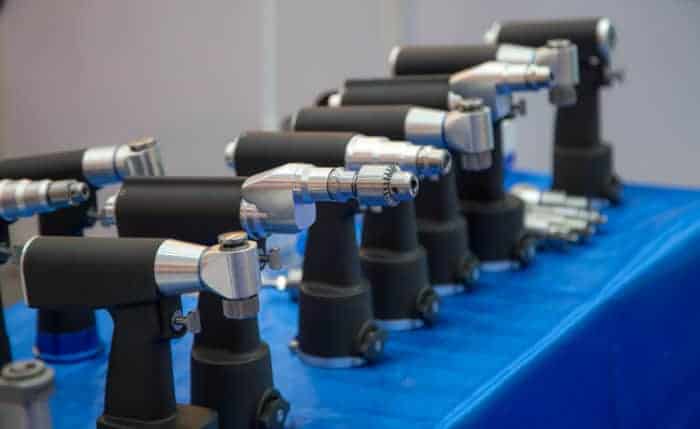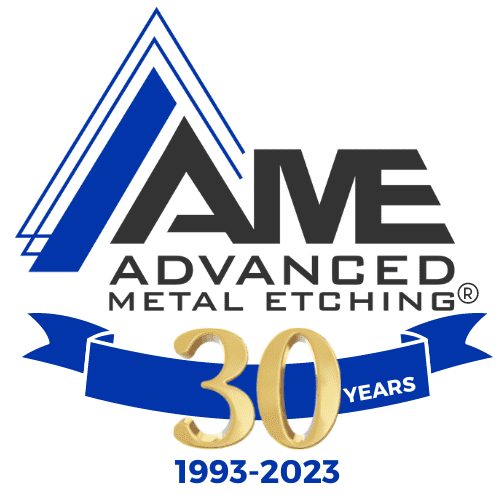Orthopedic Device Case Study
Customer Profile:
A US medical device company with an international presence that specializes in product development, testing, and custom manufacturing for the orthopedics industry
The Opportunity:
We were contacted by a development engineer who was interested in the photo etching process to manufacture a bone cutting device prototype. He initially approached us with questions about our metal etching capabilities to determine if it was a good fit for the part. Previously, the part was manufactured with one of their in-house traditional metal fabrication methods. However, since this component is intended for single-use, the team was looking for an alternative that could deliver a lower price point.
At first glance, the part appeared within our capabilities in terms of thickness, dimensions, and material (302 or 304 SS). Stainless steel is a favorable metal option for medical-grade parts and it is easy to etch with precision. The part also possesses unique apertures, which is not a problem in the etching process. In fact, complex designs and numerous features make photo-etching the most cost-effective process compared to other metal fabrication processes. For instance, the cost is the same if the part has one or a million, holes, slots, or fingers.
Additionally, the part's specifications included a company logo to be etched onto the surface. Half-etching is done simultaneously with other part etchings, again at no extra cost.

The Challenge:
The part required a different surface edge dimension on each side of the part. A standard result of the etching process is that both sides have a slightly beveled edge that is generally 50% of the material thickness. Usually, it is not visible to the naked eye, especially with thinner metals. The bevel forms during the etching process as the acid erodes the metal surface, much like waves washing over a sandy beach. The results are smooth even surfaces free from pits or scratches. With the chemical etching process, the beveled edge dimensions are the same on both sides of the part. Consequently, we had to come up with a method to give one side greater dimensional allowances near the edge.
The Solution & Results:
The first step toward a solution was to modify the tooling. We adjusted the tooling for one side of the part while leaving the tooling size the same for the other side. It was also necessary to make changes in the machining process to accommodate the tooling changes. On the first etching run, the results were unsuccessful, so, we reworked the tooling and adjusted the etching pressure. After a second try, the part was etched according to the print's dimensions. From a manufacturing perspective, we were pleased with the etching results. More importantly, the development engineer and team were happy with the outcome and consequently sent us additional prototypes for manufacture. They are now closer to their goal of developing and scaling an innovative new product that will improve orthopedic surgical outcomes.

